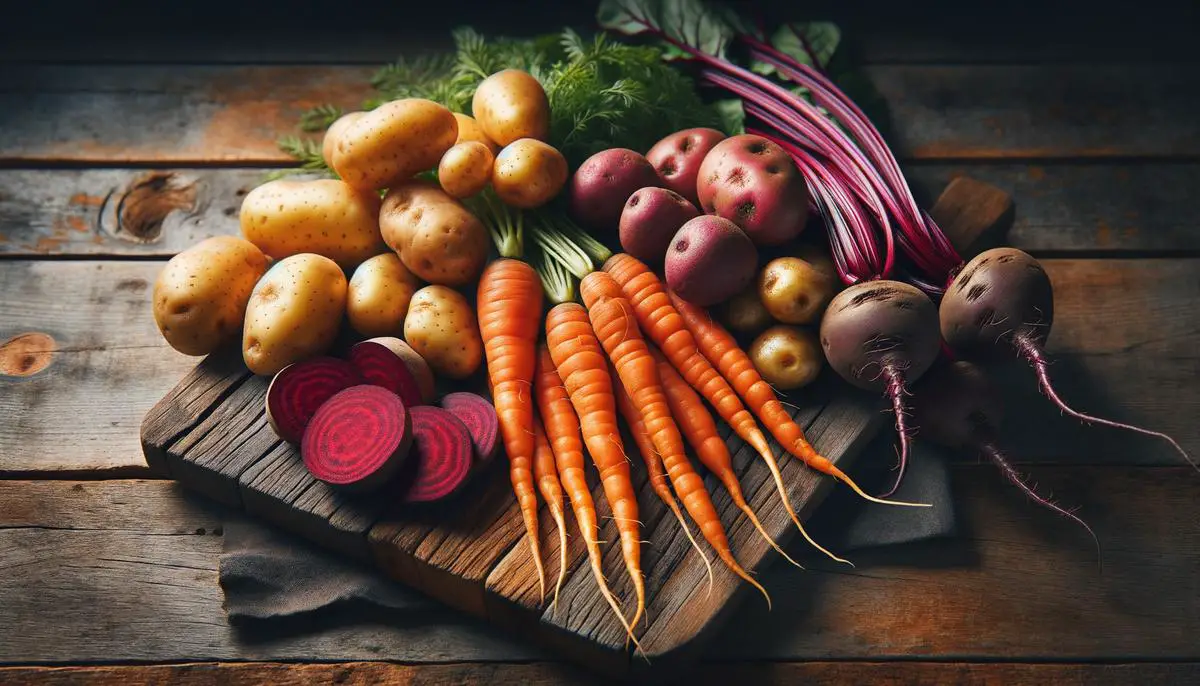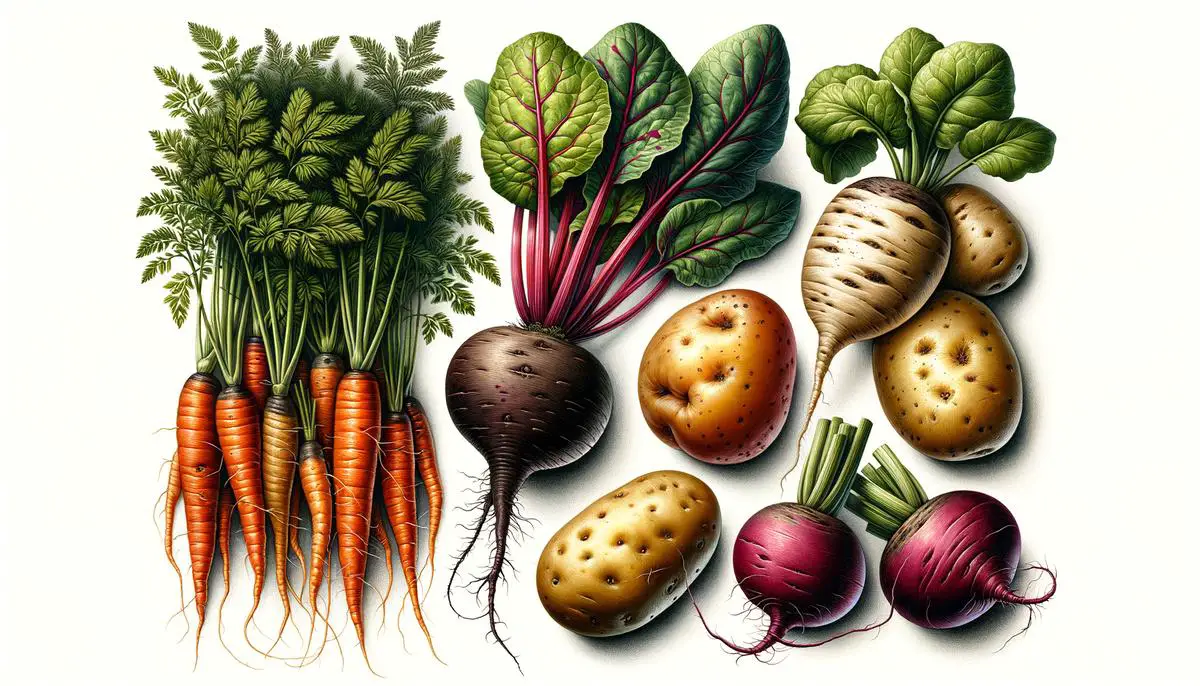
Exploring the diverse world of Canadian cuisine uncovers the essential roles that both root vegetables and seasonal greens play in its culinary scene. From the hearty, sustaining presence of underground vegetables to the refreshing arrival of spring and summer greens, Canadian cooking showcases a remarkable adaptability and respect for its rich agricultural landscape. This article aims to shed light on how these elements contribute to Canada’s culinary identity, reflecting the country’s agricultural history, environmental challenges, and cultural influences.
Root Vegetables in Canadian Cooking
Root vegetables form the cornerstone of Canadian cuisine, deeply rooted (pun intended) in both the country’s agricultural history and culinary identity. Given Canada’s extensive and varied climate, root vegetables such as carrots, potatoes, beets, and turnips have historically thrived, offering sustenance and versatility amidst harsh winters. These underground gems are not only celebrated for their ability to keep well during cold months but also for their nutritional value and culinary flexibility. From the humble potato that finds its way into everything from poutine to hearty stews, to the sweet, earthy flavors of roasted beets and carrots in salads, the influence of root vegetables is ubiquitous across Canadian dishes.
Moreover, root vegetables hold cultural significance in Canadian cooking, echoing the practices of First Nations and early settlers who utilized these crops for their longevity and nourishment. They are a testament to Canadian resilience, adapting to the landscape and seasonality. The traditional preparation methods, such as roasting and mashing, have evolved, witnessing a renaissance in modern Canadian cuisine where chefs are exploring innovative techniques like fermenting and pickling to elevate these earthy flavors. Root vegetables are not just side dishes in Canada; they’re a celebration of heritage, season, and the rich tapestry of the country’s culinary landscape, starring in both traditional recipes and contemporary culinary experiments.

Seasonal Greens in Canada
Seasonal greens in Canada play a crucial role in transitioning the culinary scene from the hearty, comforting embrace of root vegetables through the bitter winter to the vibrant, fresh flavors of spring and summer. As the snow thaws and the first signs of greenery emerge, Canadian chefs and home cooks alike eagerly incorporate these young, tender leaves into their dishes. The arrival of greens such as kale, Swiss chard, and spinach is not just a signal of warmer weather ahead but also an opportunity to inject a fresh burst of nutrients and flavors into the diet. These greens, with their vibrant colors and diverse textures, become the stars of salads, are ingeniously worked into smoothies, or gently wilted into soups and stews, offering a palate-cleansing counterpoint to the earthy depth of root vegetables.
Moreover, the fleeting availability of certain seasonal greens like fiddleheads and ramps makes them highly anticipated delicacies in the Canadian culinary calendar, showcasing the importance of seasonality and locality in Canadian cuisine. Chefs might pickle ramps to extend their use or blend fiddleheads into a uniquely Canadian pesto, highlighting not only their adaptability but also a continued commitment to celebrating local produce. As spring turns to summer, the variety of available greens expands even further, laying the groundwork for culinary creativity. Experimental pairings, such as pairing the slight bitterness of dandelion greens with the sweetness of local berries in a salad, reflect a broader culinary movement in Canada to harmonize the bounty of the seasons. This not only enriches the Canadian dining experience but also underlines the country’s deep-rooted connection to its land and seasons, drawing from a palette of ingredients that continuously shifts and evolves with the calendar.

Through the lens of root vegetables and seasonal greens, we gain a deeper appreciation for Canadian cuisine and its intrinsic connection to the land and seasons. These ingredients do more than just provide sustenance; they tell stories of resilience, adaptation, and cultural fusion. As Canadian cuisine continues to evolve, the enduring presence of these humble yet versatile ingredients underscores a broader commitment to celebrating local produce and flavors. Embracing the shifts from the earthy depths of winter to the lively hues of spring and summer, Canadian cooking remains a vibrant tapestry of tradition and innovation, one that continues to inspire both chefs and home cooks across the nation.


